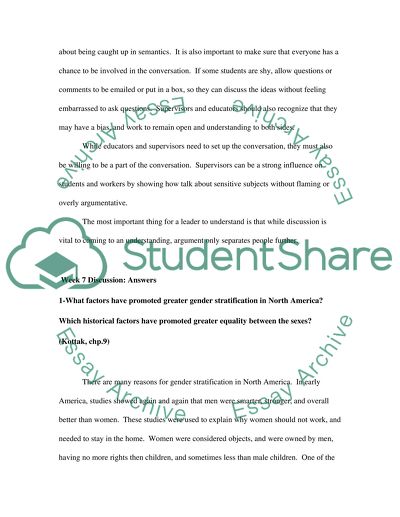Cite this document
(“Sensitive or potentially controversial issues Essay”, n.d.)
Sensitive or potentially controversial issues Essay. Retrieved from https://studentshare.org/sociology/1534233-diversity-college-essay
Sensitive or potentially controversial issues Essay. Retrieved from https://studentshare.org/sociology/1534233-diversity-college-essay
(Sensitive or Potentially Controversial Issues Essay)
Sensitive or Potentially Controversial Issues Essay. https://studentshare.org/sociology/1534233-diversity-college-essay.
Sensitive or Potentially Controversial Issues Essay. https://studentshare.org/sociology/1534233-diversity-college-essay.
“Sensitive or Potentially Controversial Issues Essay”, n.d. https://studentshare.org/sociology/1534233-diversity-college-essay.


